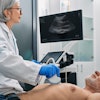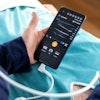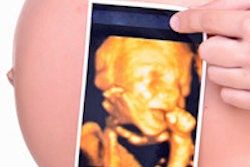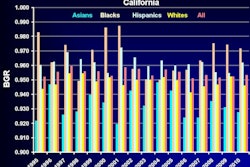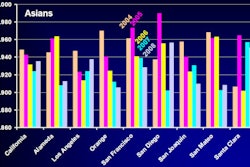
The growing use of fetal ultrasound for nonmedical purposes has prompted two Canadian medical societies to issue a statement against the scans, which have been linked to gender-specific abortion in the country.
The Society of Obstetricians and Gynaecologists of Canada (SOGC) and the Canadian Association of Radiologists (CAR) issued a joint policy statement in the Journal of Obstetrics and Gynaecology Canada indicating their strong opposition to the nonmedical use of fetal ultrasound. The statement encouraged governments to join with them "to find appropriate means to deal with this public health issue."
Sex-selective abortion as a result of fetal ultrasound scans has long been a problem in developing countries such as India and China, where it has resulted in lopsided male-to-female ratios among the general population. But the problem is believed to be spreading to some developed countries such as Canada and the U.S. that have large immigrant communities.
The problem has been exacerbated by the rise of nonmedical ultrasound centers that offer "entertainment" scans, such as keepsake ultrasound images provided to expecting parents. Recent media coverage has highlighted the role of first-trimester gender determination by these centers in contributing to gender-specific abortion.
As a result, SOGC and CAR updated their individual policy statements on this issue with a new joint policy statement. The joint statement was prepared by the SOGC Diagnostic Imaging Committee and the CAR Point of Care Ultrasound Working Group, and it was approved by SOGC's executive council and CAR's board of directors (J Obstet Gynaecol Can, February 2014, Vol. 36:2, pp. 184-185).
While there is no definitive evidence that diagnostic ultrasound produces fetal abnormalities or harmful effects, studies of the biological effects of ultrasound in humans and in animal models indicate a theoretical risk, according to the organizations. For example, recent studies in animal models reported subtle effects on fetal brain physiology and development.
Nonmedical fetal ultrasound raises a number of safety concerns, according to the organizations.
"With the nonmedical use of fetal ultrasound, the maintenance of technical safeguards, operator training, qualifications, expertise, standards for infection control, and governing competency are no longer ensured," they said in the statement. "As a result, fetal energy exposure may not be appropriately monitored, and operators of the equipment may not be adequately trained to recognize fetal and placental abnormalities that may adversely affect fetal and maternal outcomes."
Other potential harms include false-positive diagnoses that lead to unnecessary investigations and anxiety, as well as false reassurance to the patient that everything is "normal," according to the organizations. Physical harm could also result if unsafe levels of abdominal pressure and fetal maneuvering are applied to obtain a suitable commercial product.
"The fetus should not be exposed to ultrasound for commercial and entertainment purposes, and it could be considered unethical to perform these scans," they wrote.
SOGC and CAR noted that both Health Canada and the U.S. Food and Drug Administration have recommended against the practice of commercial or entertainment ultrasound studies. Specifically, Health Canada recommends that ultrasound should not be performed in the following circumstances:
- To take a picture of the fetus solely for nonmedical reasons
- To learn the sex of the fetus solely for nonmedical reasons
- For commercial purposes, such as the display of pictures or videos of a fetus at trade shows
"SOGC and CAR support the Health Canada recommendations and recommend that ultrasound be used prudently and only by qualified health professionals and that energy exposure be limited to the minimum that is medically necessary," according to the statement. "This technology should not be used for the sole purpose of determining fetal gender without a medical indication for that scan."

